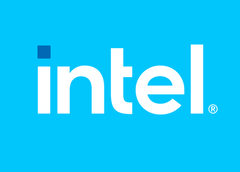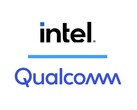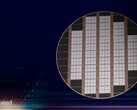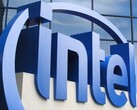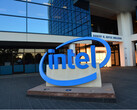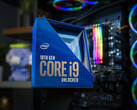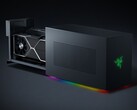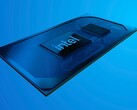2020 did not look like a good year for Intel, without even considering the global pandemic situation. The financial reports might put most of the investors at ease, but the production issues corroborated with processor shortages plus the relentless AMD competition are certainly presenting quite the predicament for Intel. Thanks to a transcript of a recent Susquehanna International Group call provided by Reddit user uzzi38, we now get even more details regarding delays, unsatisfactory yields and production outsourcing.
Issues with the 10 nm node yields:
- Base 10 nm production started in late 2018 has been improved in the meantime. Still does not appear viable for “full production” and “shipping for revenue” purposes.
- Upcoming SuperFin 10 nm nodes are “unquestionably far better than base 10nm. Better in just about every way. Yields are better (50+%), but still not as good at the 14 nm nodes.
- Cannon Lake (the first processors to be produced on the base 10 nm node launched 2 years ago) had yields lower than 25% even with iGPU disabled.
- The 10 nm capacity is far from handling an entire product stack.
- Even with SuperFin tech, the 10 nm production capacity may never match that of the 14 nm nodes.
- Backporting the upcoming Rocket Lake processors was not a good move: the new models ended up too big and are expected to be power hogs.
- 14nm shortage caused by the fact that Intel had to bloat up die sizes.
- “OEMs told they were to get a "small fraction" of orders of TGL. Improvements to yield won't fully help because no. of wafer starts is still low.”
Server-grade Scalable Processor delays:
- Ice Lake SP processors delayed again due to a bug. Release scheduled moved to mid-late Q2 or early Q3 2021. “Performance looks pretty poor. Akin to Comet Lake SP actually - performance per socket remains the same but power rises. Core count for shipping parts dropped from 38 -> 36.” Ice Lake is disappointing.
- Sapphire Rapids is way better. Comes in Q2 2022 (originally supposed to launch in Q2 2021 to ship for the Aurora supercomputer).
- The delays are problematic: “Ice Lake was supposed to compete with [AMD’s] Rome (and it would still lose even with the on-paper and significantly better specs than reality). [AMD’s] Milan is going to likely beat Sapphire Rapids over a year earlier and before Ice Lake rolls out. By the time Sapphire Rapids releases, [AMD’s] Genoa will be here or right around the corner. Genoa was supposed to compete with Granite Rapids which is late 2023 now.”
- “If both companies iterate perfectly on their roadmaps as planned (much easier on AMD's side right now), Intel can not catch up to AMD until late 2024 or early 2025.”
- AMD’s current problem still remains production capacity, even with TSMC’s expansion efforts
7 nm node delays:
- “7 nm is significantly more delayed than the 6-12 months first claimed. Ponte Vecchio is in-hands basically now and it was the first 7 nm product. Now it's on TSMC. Sometime December this year anyway.”
- The actual release schedule for the 7 nm products is still not clear
Production outsourcing issues:
- Intel is going to outsource CPUs, but what and where is still being debated internally. Final decisions will be made in Q1 2021 between Samsung Semiconductor and TSMC for different products.
- “Intel won't outsource everything to TSMC because TSMC doesn't have the capacity. Intel grabbing capacity shouldn't take capacity away from AMD - TSMC should prioritise customers with long-term plans to stay with them.”
Other issues:
- Intel may not be forced to sell fabs. “Too many problems involved. Fabs would need to be evaluated for the buyers needs etc”.
- Foveros processor packaging is more suited to low-power chips than servers/high power.
- ARM and RISC-V could pose a problem to Intel’s X86 architecture in the long run
- "Intel is looking for a new CEO. There are multiple candidates, one has been shot down, 3 potential left. They are hoping to make the decision in Q1, probably after the Jan call. Does seem like Bob's going either way. “
- There is a 10 nm Alder Lake-S desktop processor family coming after Rocket Lake-S, but there will not be much capacity for it due to it being needed elsewhere.
No confirmation as of yet, but most of these issues appear to have been presented under NDA at the Intel Industry Analyst Conference held last week, and additional information can be found in a report posted by Forbes.


 Deutsch
Deutsch English
English Español
Español Français
Français Italiano
Italiano Nederlands
Nederlands Polski
Polski Português
Português Русский
Русский Türkçe
Türkçe Svenska
Svenska Chinese
Chinese Magyar
Magyar